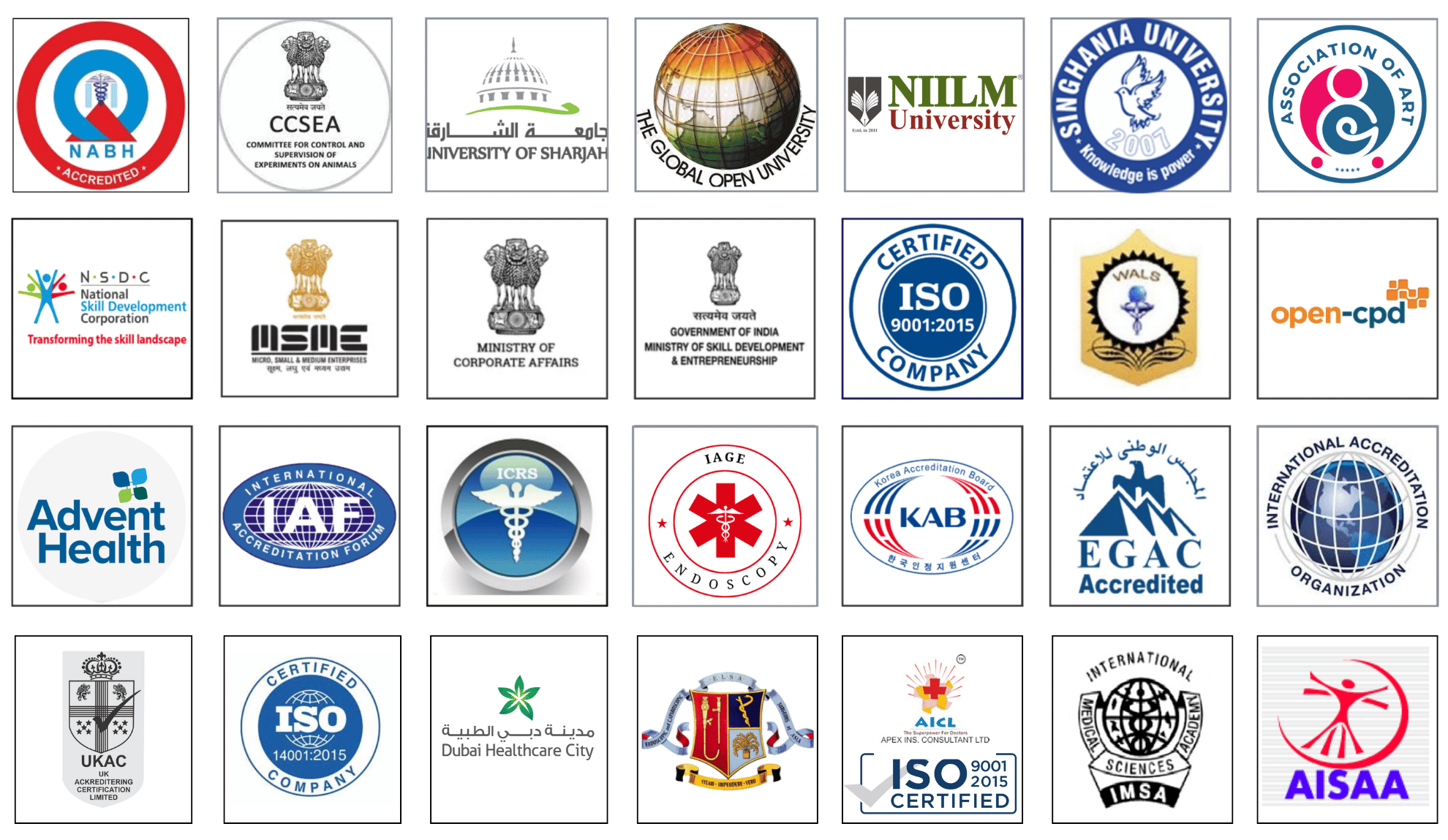Video of Laparoscopic Port Position Technique: Foundation of Safe and Ergonomic Minimal Access Surgery
In this video, we will discuss that Port placement is the first and most essential step in any laparoscopic surgery. A well-planned port positioning strategy ensures that the surgeon can access the target area with optimal visualization, instrument control, and ergonomic comfort. In this video titled "Laparoscopic Port Position Technique: Foundation of Safe and Ergonomic Minimal Access Surgery," viewers will learn the fundamental principles behind effective trocar placement, tailored for a variety of laparoscopic procedures.
Why Port Positioning Matters
The configuration of laparoscopic ports directly affects:
Instrument triangulation and range of motion
Camera stability and visual clarity
Surgeon posture and fatigue levels
Overall safety, efficiency, and precision of the surgery
Improper port placement may lead to instrument collision, restricted movement, poor visualization, and increased operative time—all of which can compromise patient outcomes.
Key Concepts Covered in the Video
Triangulation Principle
Ports are placed to form a triangle with the target organ at the center, allowing instruments to approach from optimal angles for dissection, suturing, or clipping.
Camera Port Positioning
Usually placed at the umbilicus or supraumbilical line, depending on patient BMI and type of surgery, the camera port should offer a panoramic view of the operative field.
Working Port Placement
Two or more 5 mm working ports are placed at appropriate distances to prevent instrument clashing while ensuring freedom of motion. The ideal inter-port distance is 8–10 cm.
Procedure-Specific Examples
Total Laparoscopic Hysterectomy (TLH): Supraumbilical optical port with three ipsilateral ports.
Laparoscopic Cholecystectomy: Umbilical camera port, epigastric working port, and right subcostal ports.
TAPP Hernia Repair: Midline optical port and lateral working ports parallel to the inguinal region.
Ergonomic Considerations
Ports should be aligned to allow the surgeon’s arms and wrists to operate in a natural position. The monitor must be directly in front of the surgeon, and the working height should be adjusted for posture-friendly access.
Patient Position and Pneumoperitoneum
The video also covers safe creation of pneumoperitoneum using the Veress needle or open technique, and how patient positioning (Trendelenburg, lithotomy, etc.) influences port layout.
Clinical Benefits of Correct Port Placement
Improved surgical access and precision
Reduced operating time and complications
Minimized muscle strain and surgeon fatigue
Enhanced training experience for assistants and trainees
Conclusion
The Laparoscopic Port Position Technique is not a one-size-fits-all approach—it is a customizable strategy that varies with procedure type, patient anatomy, and surgical goals. This video provides a practical, step-by-step guide to mastering port placement, helping surgeons achieve maximum efficiency and optimal outcomes in every laparoscopic procedure.
Watch the full video to gain expert insights into port planning and see real-time demonstrations of correct placement for common surgeries. Don’t forget to like, comment, and subscribe for more laparoscopic education from World Laparoscopy Hospital.
No comments posted...
| Older Post | Home | Newer Post |





